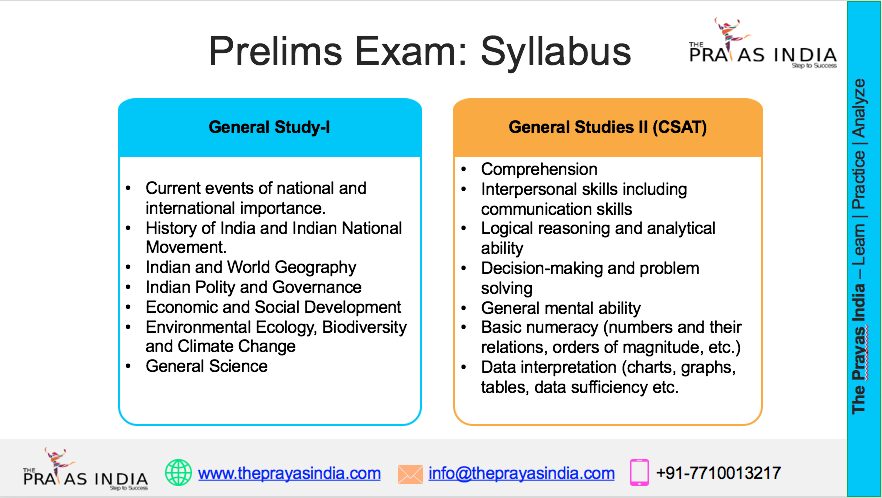Kalai-II Hydroelectric Project: A Boost for Sustainable Energy in Arunachal Pradesh
The Kalai-II Hydroelectric Project is one of the significant hydroelectric initiatives in India aimed at harnessing the untapped hydropower potential of the northeastern region. Located on the Lohit River, a major tributary of the Brahmaputra, the project is situated in the Anjaw district of Arunachal Pradesh. It plays a critical role in India’s renewable energy strategy and in meeting the growing demand for electricity while ensuring sustainable development.
Location and Significance
The Kalai-II project is strategically positioned in Arunachal Pradesh, a state known for its enormous hydroelectric potential. The Lohit River, originating in the eastern Himalayas, provides a strong perennial water flow, making it an ideal site for hydropower generation. This project is part of the broader vision to utilize Arunachal Pradesh’s estimated hydroelectric potential of over 50,000 MW, a key component of India’s clean energy roadmap.
The Kalai-II project not only ensures energy security but also contributes to reducing dependence on fossil fuels. Its location in a remote, hilly terrain ensures minimal displacement of population, making it relatively less controversial compared to large hydroelectric projects in other regions.
Project Specifications
The Kalai-II Hydroelectric Project is designed with an installed capacity of around 1,200 MW, making it one of the larger hydroelectric ventures in the country. The project involves the construction of a high dam on the Lohit River, a series of intake tunnels, and an underground powerhouse. It uses run-of-the-river technology, which minimizes environmental impact by avoiding the creation of large reservoirs.
The dam will create a small reservoir to regulate water flow, ensuring optimal power generation throughout the year. The electricity produced will be transmitted through a dedicated high-voltage transmission line, connecting the northeastern states to the national power grid.
Environmental and Social Impact
Hydroelectric projects in ecologically sensitive regions like Arunachal Pradesh often raise concerns about biodiversity and local communities. For Kalai-II, a comprehensive Environmental Impact Assessment (EIA) has been conducted to evaluate potential risks. The project has provisions for fish ladders, afforestation programs, and catchment area treatment plans to mitigate ecological damage.
Since the Anjaw district is sparsely populated, the number of people affected by the project is minimal. However, proper rehabilitation and compensation packages have been planned for those who may lose land or livelihoods. The project developers aim to implement Corporate Social Responsibility (CSR) programs focusing on healthcare, education, and infrastructure development in nearby villages.
Economic Benefits
The Kalai-II Hydroelectric Project is expected to generate significant economic benefits for the region and the nation. It will create direct and indirect employment opportunities during construction and operation phases. The power generated will support industrial growth, domestic consumption, and infrastructure development in northeastern India. Additionally, it will help reduce power shortages in the region and contribute to national energy security.
The project also plays a role in reducing carbon emissions by replacing thermal power plants that rely on coal and other fossil fuels. By generating clean energy, Kalai-II contributes to India’s climate commitments under the Paris Agreement and aligns with the government’s Net Zero Emissions target for 2070.
Challenges and Future Prospects
Despite its advantages, the Kalai-II project faces challenges such as difficult terrain, high construction costs, and logistical issues in a remote region. Natural calamities like landslides and earthquakes also pose risks. Furthermore, ensuring minimal environmental degradation while maintaining efficiency remains a key concern.
Once operational, the Kalai-II Hydroelectric Project will mark a major milestone in India’s renewable energy sector. It reflects the country’s determination to harness clean energy sources for sustainable growth while maintaining ecological balance.


![Prayas-लक्ष्य [UPSC CSE Target] The Prayas India](https://theprayasindia.com/wp-content/uploads/2021/08/Prayas-लक्ष्य-UPSC-CSE-Target-The-Prayas-India-300x167.png)

![Prayas Pre-भेदश [UPSC CSE Prelims Test Series] The Prayas India](https://theprayasindia.com/wp-content/uploads/2021/08/Prayas-Pre-भेदश-UPSC-CSE-Prelims-Test-Series-The-Prayas-India-300x167.png)










